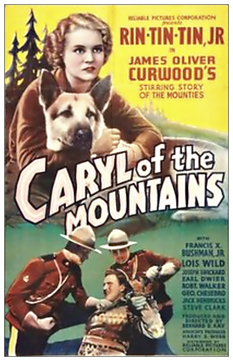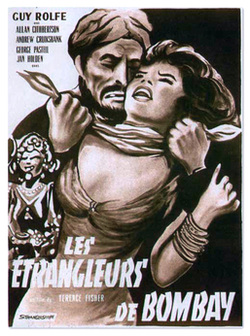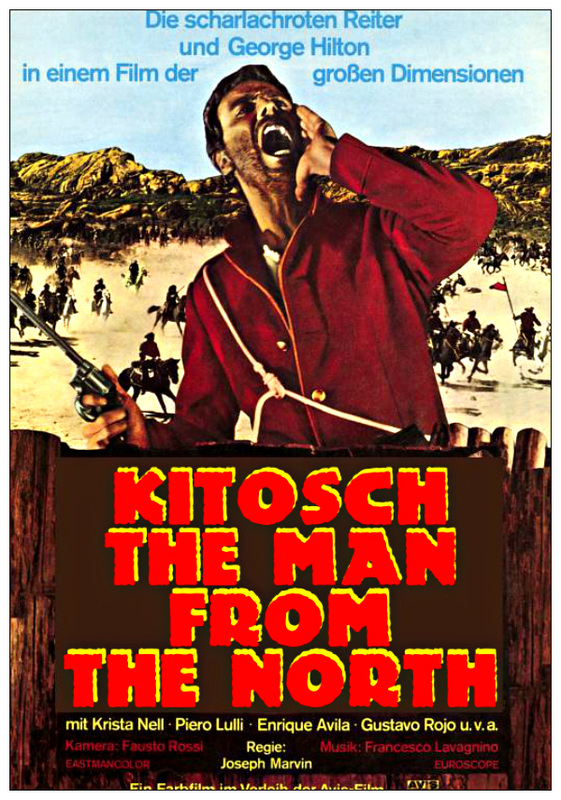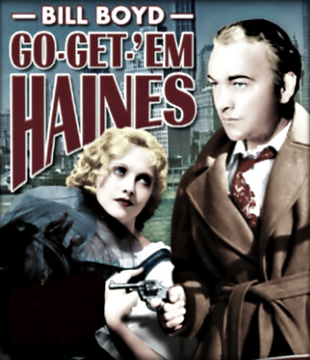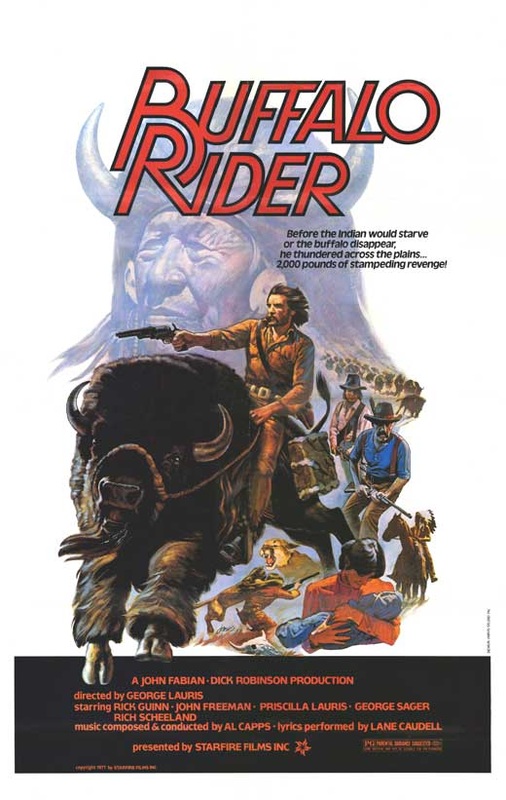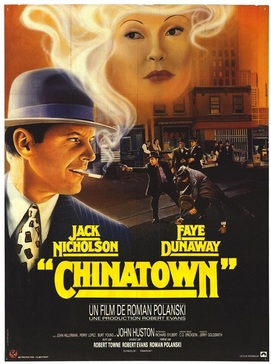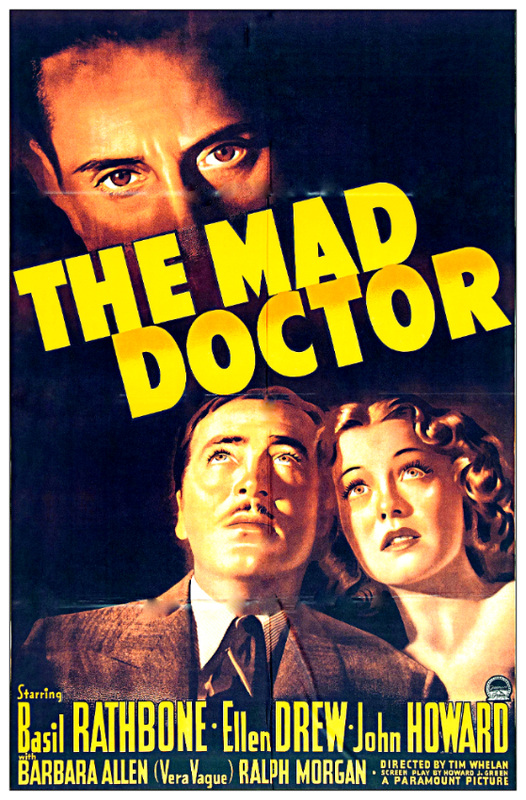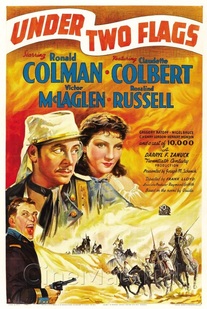
UNDER TWO FLAGS is a 1936 production, based on the novel of the same name by English writer Maria Ramé, known by her nom de plume Ouida. Ouida was a great writer of adventure novels, many of them Orientalist swashbucklers, and UNDER TWO FLAGS is quite that. It shares it's fame with her wonderful 1872 novel, A DOG OF FLANDERS. UNDER TWO FLAGS is without a doubt her most famous novel, having been produced as a stage play, and four film adaptations, in 1912, 1916 (featuring the smouldering 'vamp' Theda Bara), 1922, and this Colman version. I've read the novel in one of my several Ouida bursts, and it's a wonderfully written and colourful taste of pre-pulp pulp fiction.
In the film Victor (in the novel Bertie Cecil) honourably takes the rap for a crime actually committed by his brother. He takes off in a dash, joining up and becoming a sergeant in the French Foreign Legion. Dapper and handsome, Victor attracts the attentions and affections of the pixie-like French barmaid "Cigarette" played with almost punky spunk by Colbert. Sadly for Cigarette, Victor only has eyes for the luminous aristocrat Lady Venetia, played by Rosalind Russell. Well, this doesn't sit well with Sgt. Victor's commander, Victor McLaglen's Major J.C. Doyle. The gruff Doyle is unrequitedly smitten with the impish Cigarette, and this puts him and our debonair Sergeant on the opposite sides of a potentially dangerous divide.
Will this love triangle doom the Legion in the face of an onslaught of fierce Arab tribesmen?!?
This was an amazingly pleasurable experience. Colman (looking quite a bit like Michael Kitchen at times) was at his best here, with a glint in his eye and exuding charm in every frame. Colbert was lovely, and though she came across as mildly irritating initially, I had the appropriate fondness for Cigarette by the end of the film. Victor McLaglen was both 'charging-bullish' and charming, looking quite the big brute in this one, and Rosalind Russell was every bit the beautiful lady. Also in the cast was Fritz Leiber Sr. (father of the sci fi writer), Thomas Beck (from a number of Charlie Chan and Mr. Moto films), Nigel Bruce, Gregory Ratoff (director of the 1960 OSCAR WILDE), Herbert Mundin ('Much' from Errol Flynn's THE ADVENTURES OF ROBIN HOOD), and John Carradine. With a crisp script and a great cast, and with solid direction by Frank Lloyd (THE LAST COMMAND and BLOOD ON THE SUN), it's a rollickin' good time. The 1930's had so many of this kind of exuberant adventure, and the more I see, the more I love this wonderful decade. Also, I'm a fan of this sort of Orientalist adventure, and this is another in my effort to document these 'wild, wild East'-type movies.
It's a perfect thing to celebrate Ronald Colman's birthday!
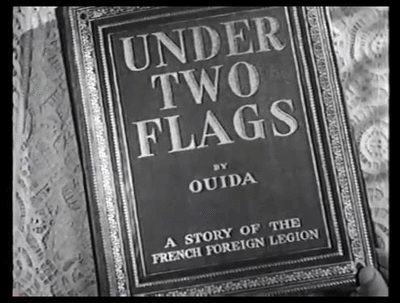
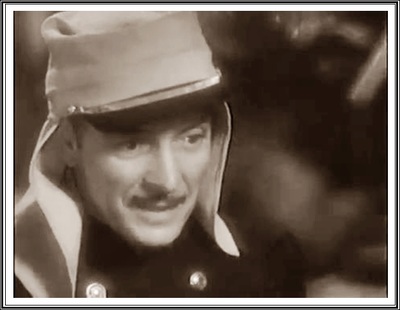

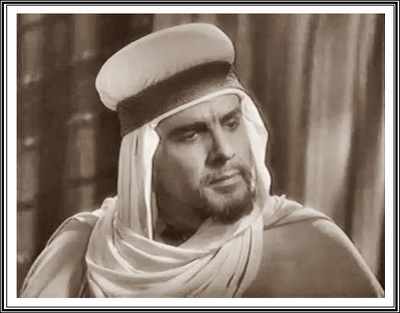
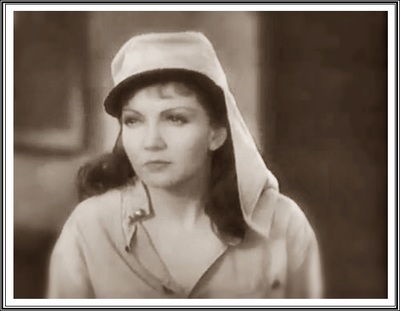


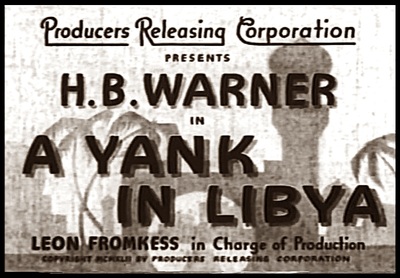

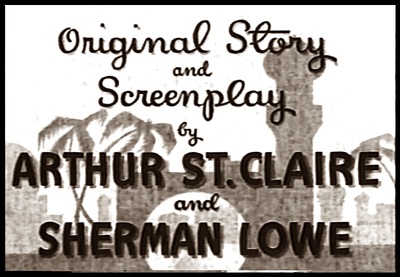
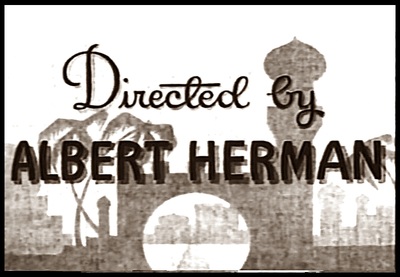
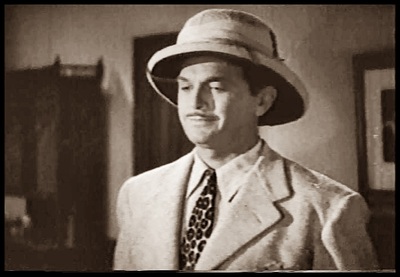
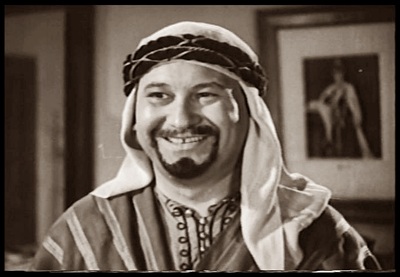
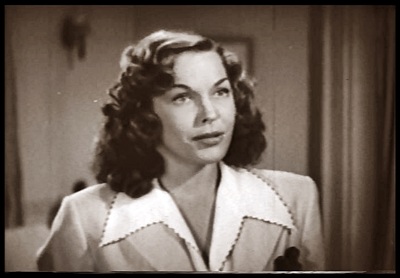
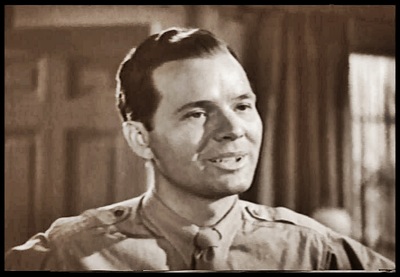
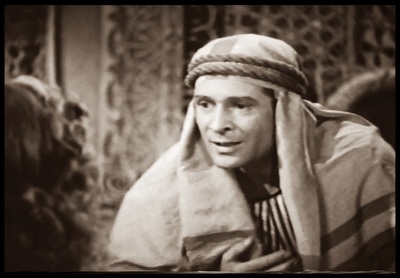
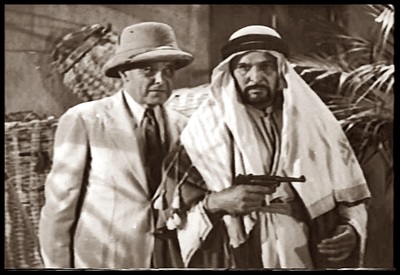
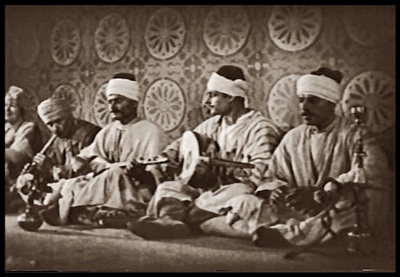
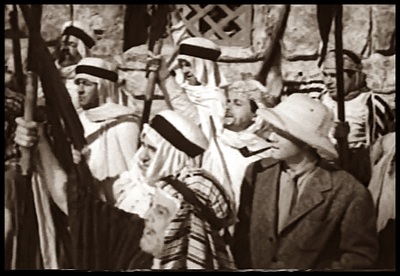
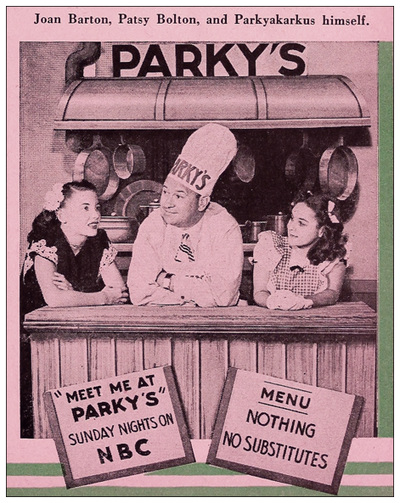
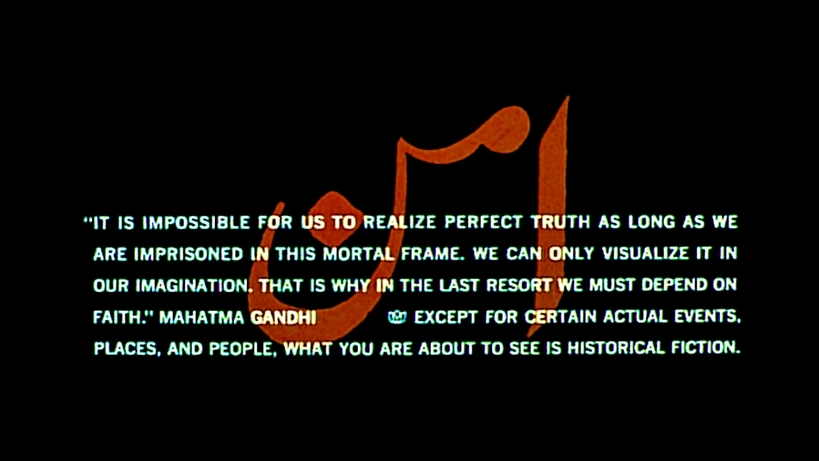
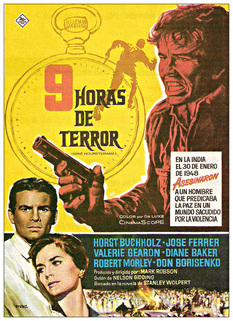
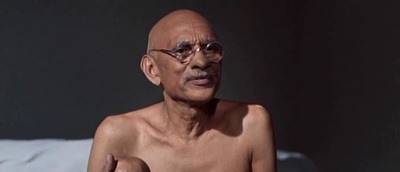
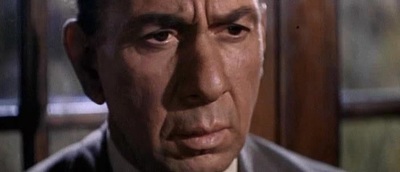
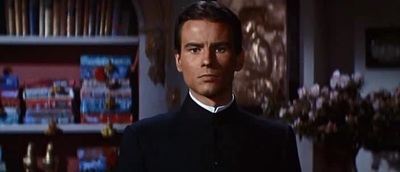
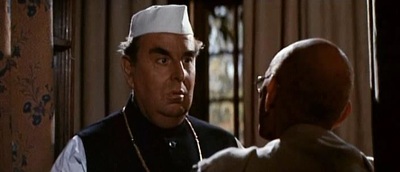

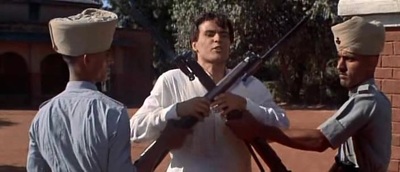
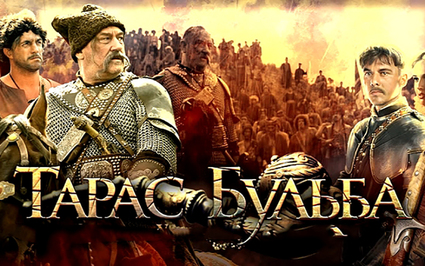

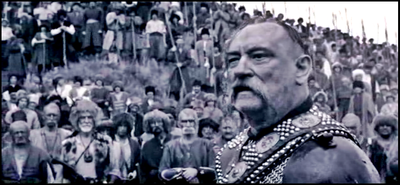
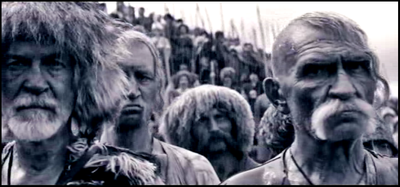
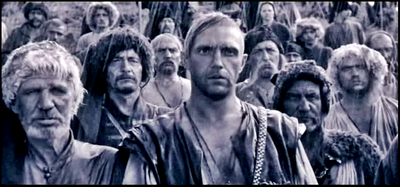
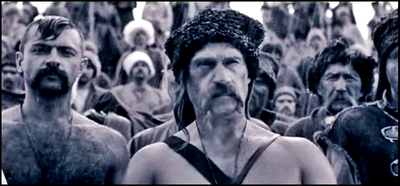
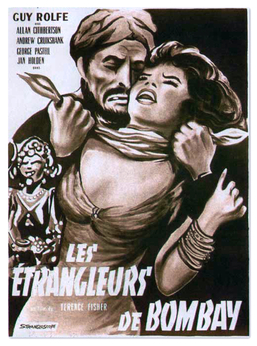
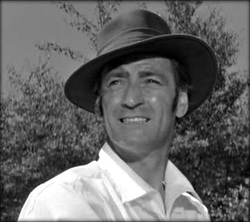
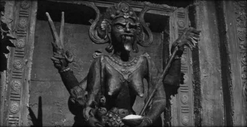
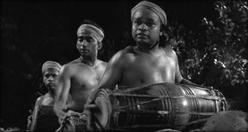
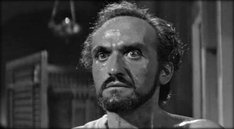
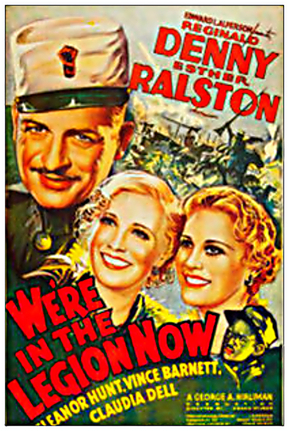
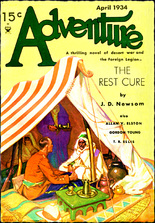
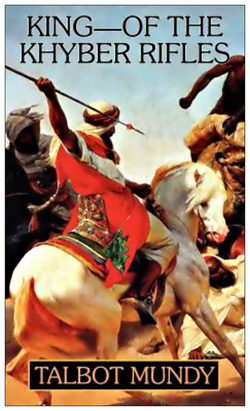
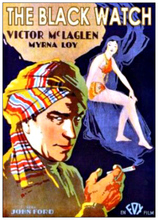
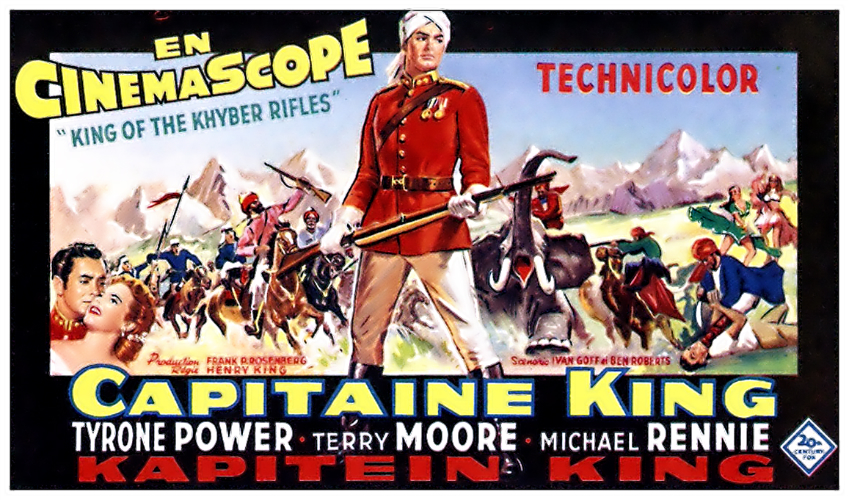
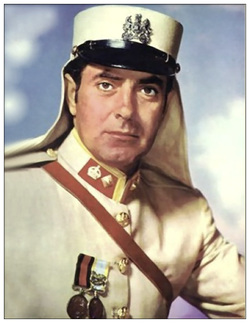
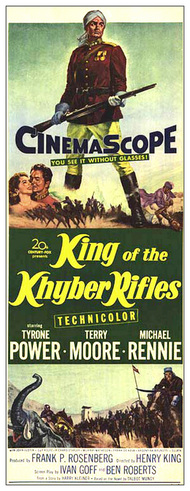
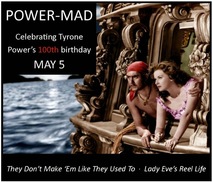
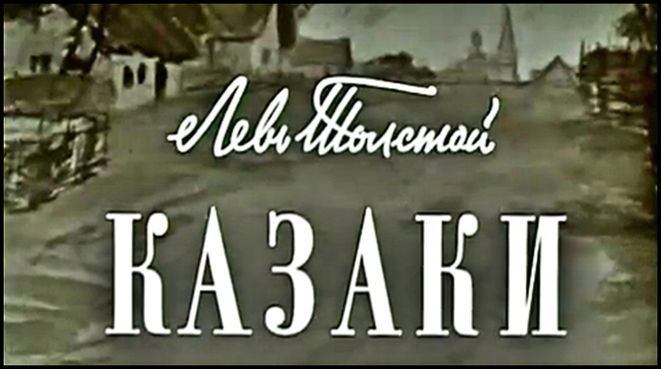
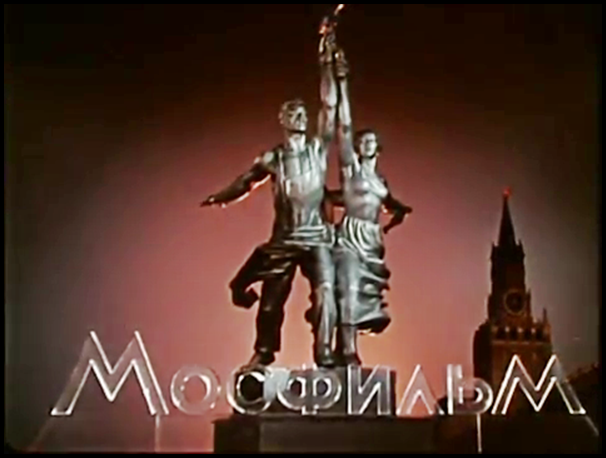
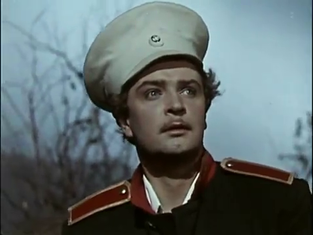
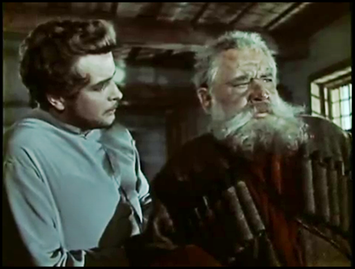

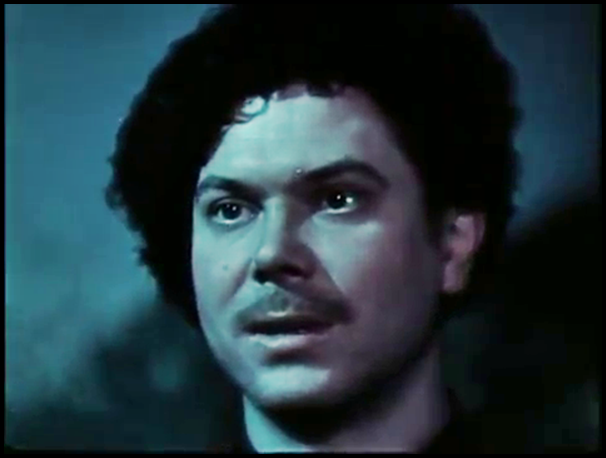
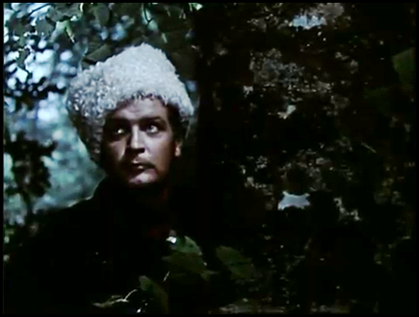
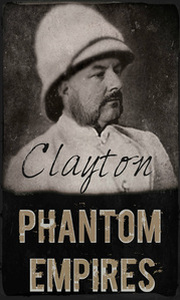
 RSS Feed
RSS Feed
